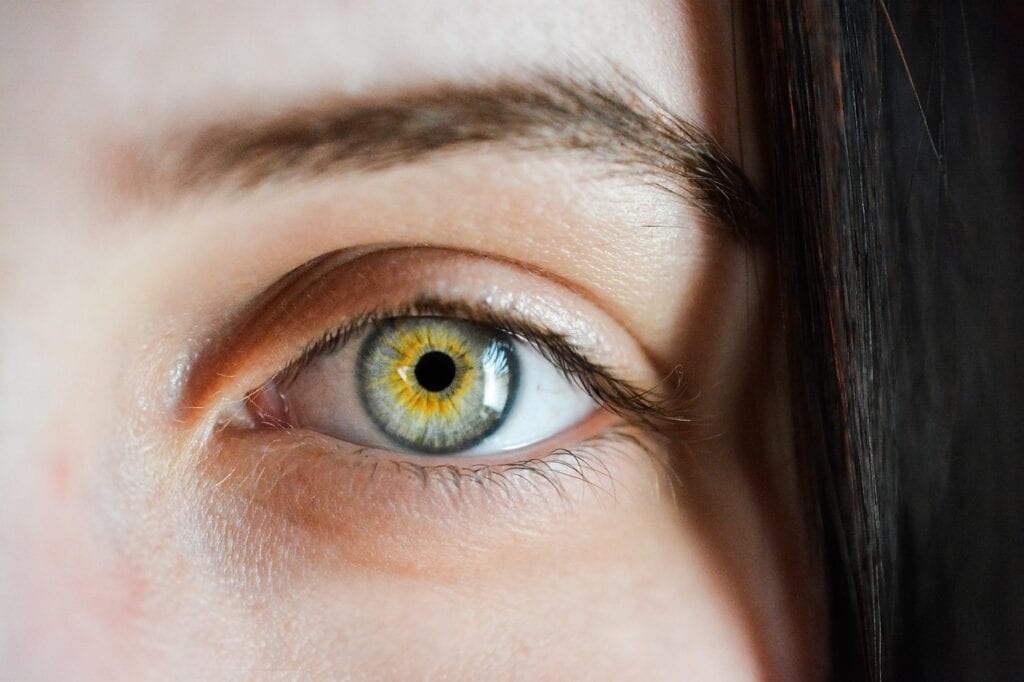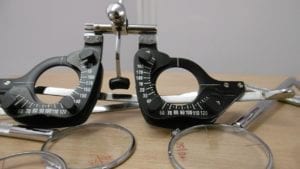The ongoing Phase 2 PAVIA clinical study is evaluating EYP-1901 as a potential therapeutic intervention for people with moderately severe to severe non-proliferative diabetic retinopathy; the DAVIO 2 study is evaluating EYP-1901 for people with wet age-related macular degeneration (wet AMD). EYP-1901 is being looked at as a 9-month or 6-month treatment option, respectively. According to a recent news release from EyePoint Pharmaceuticals (“EyePoint”), the developer of EYP-1901, interim trial results suggest that the treatment is both safe and well-tolerated.
EYP-901 is delivered intravitreally. The therapy contains a bioerodible formulation of the proprietary Durasert E™ with vorolanib (a TKI). Preclinical and early clinical studies found EYP-901 to be safe and effective, stabilizing visual acuity and reducing treatment burden by up to 75% within just half a year.
Altogether, the interim data is taken from approximately 170 participants between the two trials. These participants have undergone at least three months of treatment and follow-up. Participants in the PAVIA study received either 2mg EYP-1901, 3mg EYP-1901, or a placebo; the same doses were used in the DAVIO 2 study, with the placebo being replaced by aflibercept control. The studies are, overall, seeking to understand improvement in symptom severity, visual acuity, and complication reduction.
So far, the treatment seems relatively safe and well-tolerated. There were no severe adverse reactions, or severe systemic reactions, related to treatment in either study. In the PAVIA study, one individual had macular edema which caused vision loss, while another experienced hemorrhagic posterior vitreous detachment. However, a review found that neither of these events were related to EYP-1901 treatment.
More data from these trials should be available later this year and by mid-2024.
An Overview of Diabetic Retinopathy
Diabetic retinopathy is a complication of diabetes that can cause vision loss and blindness. Anybody with diabetes can develop diabetic retinopathy; it is the most common form of vision loss associated with diabetes, occurring in approximately half of people with diabetes throughout their lifetime. The risk increases the longer someone has diabetes. Women who are diagnosd with gestational diabetes while pregnant are also at an increased risk and should receive a dilated eye exam as soon as possible. Diabetic retinopathy occurs when too much blood sugar damages the retina, causing tiny blood vessels to bleed or leak fluid. Symptoms associated with diabetic retinopathy may include:
- Difficulty seeing faraway objects or reading
- Dark spots or streaks in one’s vision
- Vision loss
- Neovascular glaucoma (complication)
- Retinal detachment (complication)
- Diabetic macular edema (a complication causing blurry vision)
In the early stages of this disorder, doctors may perform frequent eye examinations to monitor disease progression. Anti-VEGF injections, corticosteroids, laser treatments, and vitrectomy may be leveraged to treat people in the later stages.








